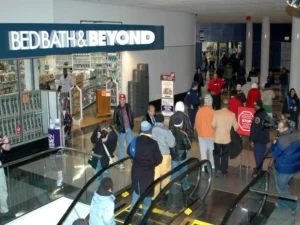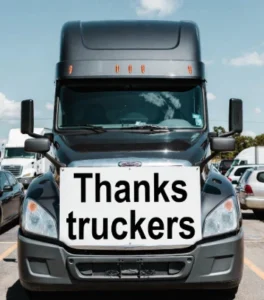Texas, Utah and Arizona will be the first states to implement this new technology with pilot programs
A national plan presented by the U.S. Department of Transportation (DOT) aims to advance a developing technology that will allow vehicles and roadway infrastructure to communicate with each other, with the goal of improving safety. The project, titled “Saving Lives with Connectivity: A Plan to Accelerate the Deployment of V2X,” was unveiled on August 16 at the DOT headquarters. V2X technology refers to “vehicle-to-everything,” which describes wireless communication between a vehicle and any entity that can affect the vehicle or be affected by it.
In a public statement, Secretary of Transportation Pete Buttigieg asserted that this plan marks a milestone in the transformation of travel, the national adoption of new technologies, and, most importantly, in enhancing safety. Federal Highway Administrator Shailen Bhatt described the plan as a call to action by providing a framework that allows the entire country to work towards the common goal of accelerating the deployment of V2X technology to save lives on our roads. Bhatt highlighted that this technology has proven effective and thanked the bipartisan legislation for providing the necessary funding to make it a reality.
In June, the Federal Highway Administration allocated $60 million to boost the adoption of V2X technologies through pilot programs in Arizona, Texas, and Utah. In Arizona, the Maricopa County Department of Transportation will receive $19.6 million to connect 750 physical and virtual roadway units with 400 units in transit, emergency, and freight vehicles using 5.9 GHz communications.
Additionally, Utah will receive $20 million to implement V2X communications, while Colorado and Wyoming will use the funds to deploy this technology on key routes such as I-80, I-70, and I-25. The project will include demonstrations of technology in connected intersections, various weather conditions, and safety alert systems.

V2X Technology: deployment plan and future challenges
The plan for deploying V2X technology faces several significant challenges. These include the limitation of wireless spectrum, lack of total interoperability among providers, and insufficient public funding to cover installation, operation, maintenance, and personnel costs. Moreover, reliance on manufacturers to invest in and install onboard units in new vehicles and establish communication standards also presents an obstacle.
Despite these challenges, the Department of Transportation expects to deploy 20% of its system by 2028 with the collaboration of automotive sector partners, private sector entities, and cycling and roadway safety organizations. Infrastructure Act grants totaling approximately $60 million will support the implementation of V2X in states such as Utah, Texas, Colorado, and Wyoming.
The plan will commence once the Federal Communications Commission (FCC) adopts final rules for the 5.9 GHz spectrum. The FCC has announced a vote to establish rules that will enable V2X units to operate using cellular technology within this band, which has seen limited progress in its development so far.

The strangest Black Friday purchases: from funny to nothing
Fueled by the adrenaline of the moment and the excitement of scoring big discounts, many shoppers have ended up buying unusual items during Black Friday.

Young drivers wanted, older drivers needed: the industry’s biggest dilemma
The road transportation industry remains at a crossroads in its efforts to recruit young drivers, but the workforce keeps aging and seeking retirement. The road

Thanksgiving, Black Friday and the Long Weekend: America Moves Because Trucks Never Stop
Thanksgiving, Black Friday and the Long Weekend: America Moves Because Trucks Never Stop

Thankful for the Drivers Who Keep America Moving This Thanksgiving
Thankful for the Drivers Who Keep America Moving: The Invisible Work Behind One of the Busiest Thanksgiving Seasons

Preparing for Thanksgiving travel: best and worst times to travel
Whether you are a truck driver, a traveler, or simply someone who needs to move around during these days, we share essential information to help

Cargo theft spikes during Thanksgiving: how to stay safe
Every year during Thanksgiving, cargo theft poses a serious threat to the trucking industry, and this year will be no exception. Every year during Thanksgiving,
